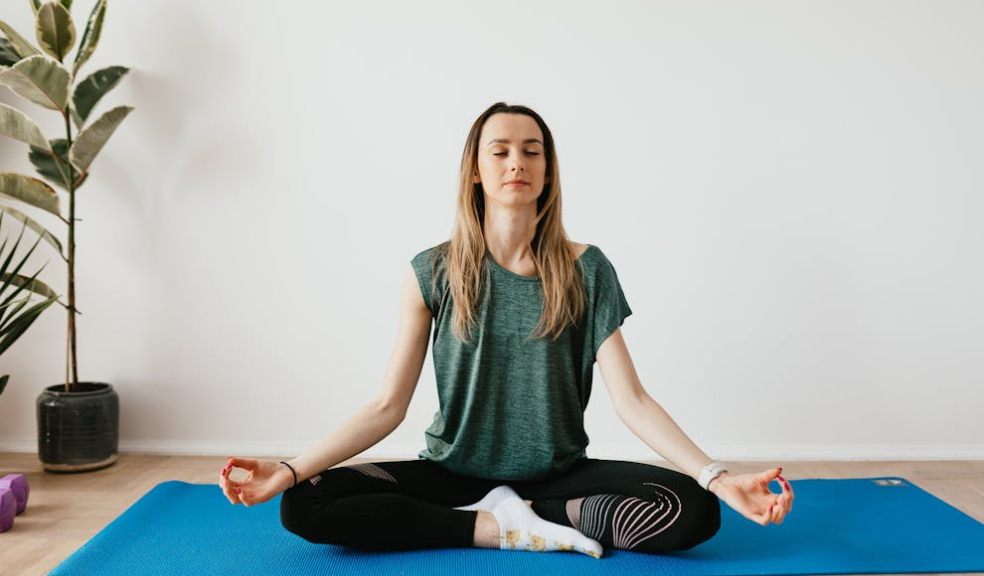
Five top tips for getting into yoga
The power of yoga really is quite phenomenal, particularly when it comes to looking after your mental health. Something which we should all be thinking about in the current climate.
It’s an activity many health professionals in mental health care are recommending for all manner of conditions, no matter the severity, while even those of us who struggle with a little anxiety or stress here and there can really benefit.
Of course, one of the biggest obstacles is getting started. Joining a yoga class can feel intimidating. But it really shouldn’t be and beginners really should be aware that yoga is for everyone. So, here are five top tips for getting you started with it…
Start with the Basics
Naturally, it is important to start with the basics. Don’t go joining an experienced or even intermediate class. It’s so important to focus on the simple postures at the beginning, such as the Mountain Pose, Downward-Facing Dog and Child’s Pose. Not only are they easier to do, but they can also build your foundational strength and flexibility to move onto the more advanced postures further down the line.
There are tons of ways to get started as a beginner, with plenty of local classes being beginner-friendly, while you’ll even find tons on YouTube too, which will help teach you the fundamental postures, breathing techniques and other basic elements you need to progress.
Find the Right Style for You
Yoga comes in many different styles, and it’s essential to find one that aligns with your goals and preferences. Some people prefer the slow, meditative approach of Hatha Yoga, while others might be drawn to the dynamic, fast-paced nature of Vinyasa Flow. If you're looking for a more relaxing, restorative practice, Yin Yoga or Restorative Yoga may be a good fit, while those wanting a physical challenge might enjoy the more intense styles, such as Ashtanga or Power Yoga.
Experimenting with different styles can help you discover what works best for you. Don’t feel pressured to stick with one type – yoga is a personal practice, and what matters most is that you find something that makes you feel good in both body and mind. Many studios offer classes in various styles, so trying a few different ones will help you identify which resonates most with you.
Prioritise Your Breath
Breathing is a core element of yoga, and learning to connect your breath with your movement is one of the keys to deepening your practice. In yoga, Pranayama refers to controlled breathing techniques that help regulate the flow of energy in the body. For beginners, it’s important to remember to breathe deeply and steadily throughout each pose, rather than holding your breath, especially when moving through challenging postures.
When you focus on your breath, you become more mindful of your body’s movements, which can reduce tension, improve focus, and help you stay present during your practice. Most instructors will cue breathing patterns throughout the class, but you can always return to deep belly breathing (inhaling through the nose and exhaling through the mouth) if you find yourself feeling overwhelmed.
Invest in Some Basic Equipment
Yoga is an accessible practice that requires very little equipment, but having a few essentials can make a big difference, especially when you're just starting out. A good yoga mat with the right level of cushioning and grip is the most important investment, as it provides comfort and stability for your poses.
You might also consider using props like blocks, straps, or a bolster to help with alignment and support. Props can be especially helpful for beginners, allowing you to modify poses to suit your flexibility and strength levels. For example, a block can bring the floor closer to you in poses like Triangle Pose (Trikonasana), while a strap can help you stretch further in poses like Seated Forward Bend (Paschimottanasana).
Be Patient and Consistent
Like any new skill, yoga takes time to master, and it’s essential to be patient with yourself as you progress. You don’t need to be able to touch your toes or hold advanced poses right away – the benefits of yoga come from consistent practice rather than perfection. Instead of focusing on immediate results, embrace the journey of gradually improving your flexibility, strength, and balance over time.
Commit to a regular practice that fits your lifestyle, whether that’s attending a weekly class or setting aside 10-15 minutes each day for a home practice. Even a short, simple practice can yield significant benefits for both your body and mind if done regularly. Yoga is a lifelong journey, and every small step brings you closer to a deeper understanding of yourself and your body.













